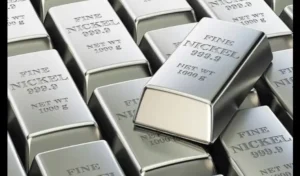Characteristics of Lead
Lead is a versatile blue-gray metal known for its corrosion resistance, density, ductility, and malleability. With a history spanning over 5,000 years, it has been utilized in various applications, including building materials, ceramic glazes, water pipes, lead-acid batteries, soundproofing materials, and radiation shielding in hospitals and nuclear facilities.
Supply and Demand Scenario – Domestic:
In 2004, lead production reached approximately 82,000 tonnes, primarily sourced from secondary channels. India faces a significant challenge in lead production due to limited ore reserves, leading to substantial imports and reliance on recycling. With a domestic demand of 150,000 tonnes, India imports nearly 50% of its requirement, mainly from China, the Republic of Korea, and Australia. The primary lead industry in India is dominated by a few major players, such as Binani Industries Limited and Sterlite Industries (India) Ltd., who are expanding their smelting capacities to meet the increasing domestic demand.
World Scenario:
Major consumers of lead include the USA, Japan, China, EU, and India, while Australia and China control the global supply. Lead is traded internationally in various forms, including soft lead, lead alloys, and copper-base scrap.
Factors Influencing Demand and Supply:
The dynamics of lead markets are influenced by changes in inventory levels at LME warehouses, economic growth rates of major consuming countries, global demand in key industries, prices of alternative metals, and the participation of funds.
World Lead Markets:
The London Metal Exchange (LME) serves as a crucial platform for trading lead, operating from 5:30 PM to 10:30 PM. Additionally, other global exchanges, such as those in different time zones, provide valuable price indications for the lead market.


















